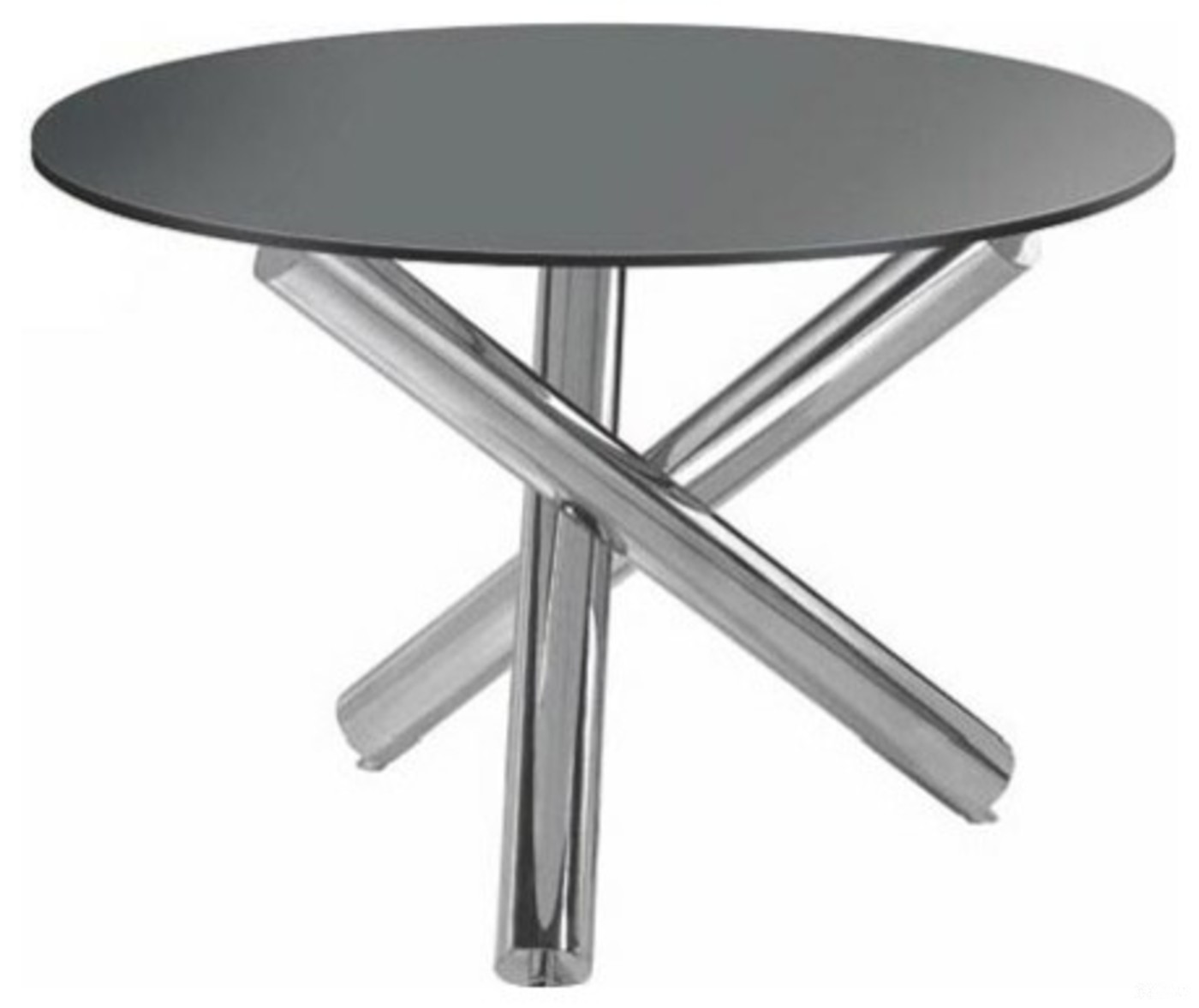Custom Folding Dining Table Hardware: A Guide to Selection and Installation
This guide provides information on the selection and installation of custom folding dining table hardware. It covers various types of hardware available on the market, including table legs, braces, and fasteners. The guide also includes tips on measuring and cutting the hardware to fit the table, as well as instructions for installing the hardware properly. Finally, it provides a list of common tools and materials needed for the installation process. This guide is intended to help individuals install custom folding dining table hardware successfully and improve the appearance and stability of their dining room tables.
Folding dining tables have become a popular choice for many households, offering a convenient and space-saving solution for mealtime. However, selecting the right hardware to support your folding dining table can be a daunting task. This guide will provide you with the information you need to make an informed decision and ensure successful installation of your custom folding dining table hardware.

1. Types of Folding Dining Table Hardware
There are several types of hardware available to support a folding dining table, each with its own unique benefits and characteristics. Common hardware options include:
Folding Table Legs: These legs offer stability and support to the table, providing a solid foundation for meals. Folding table legs come in a range of styles and materials, including metal, wood, and plastic.
Table Top Brackets: These brackets attach to the table top and provide extra support, helping to distribute weight evenly across the table surface. They are often used in conjunction with folding table legs to enhance stability.
Drawer Tracks: If your folding dining table includes drawers for storing cutlery or serving dishes, drawer tracks are essential for smooth operation and longevity of the drawers. Choose tracks that are durable and easy to use, with a focus on quality and reliability.
Handles and Knobs: Handles and knobs are used to operate the table, providing a comfortable grip and facilitating easy movement. Select handles and knobs that are aesthetically pleasing and offer good functionality.
2. Factors to Consider When Selecting Hardware
When choosing hardware for your folding dining table, several factors should be taken into account to ensure optimal performance and longevity of the table:
Material: Consider the material of the hardware, as this will affect its durability and appearance. Metal hardware is strong and resistant to rust, while wood or plastic hardware may be more susceptible to damage but offer a more natural aesthetic.
Design: The design of the hardware should complement the style of your folding dining table. Look for hardware that is sleek and modern or traditional and elegant, depending on the overall aesthetic you are aiming for.
Weight Capacity: Ensure that the hardware you select can support the weight of the table and any additional loads that may be placed on it during meals. Check the weight capacity rating of each piece of hardware to ensure it meets your needs.

Ease of Installation: Consider the ease of installation when selecting hardware. Look for hardware that is easy to assemble and requires minimal tools or technical knowledge for installation. This will save you time and effort during the setup process.
3. Installing Custom Folding Dining Table Hardware
Installing custom folding dining table hardware is a straightforward process that can be completed in a few simple steps:
Prepare the Table: Begin by preparing the table surface. Ensure it is clean and free from debris or damage that could affect the installation process.
Select and Prepare Hardware: Select the appropriate hardware for your table based on the factors discussed earlier. Prepare the hardware by reading the manufacturer's instructions for assembly and installation.
Assemble Hardware: Follow the manufacturer's instructions to assemble the hardware. This may involve connecting various components together using screws, bolts, or other fasteners. Ensure that all connections are secure and properly tightened to ensure stability and longevity of the table.
Install Hardware on Table: Once the hardware is assembled, install it onto the table following the manufacturer's instructions. This usually involves attaching brackets or legs to the underside of the table top using screws or bolts provided in the hardware kit. Ensure that each piece of hardware is properly positioned and aligned to ensure a smooth and stable table surface.
Test and Adjust: Once all hardware is installed, test the table by sitting at it and using it as intended. Adjust any components as necessary to ensure comfort and functionality are optimized for your use case scenario.
In conclusion, selecting and installing custom folding dining table hardware can be a rewarding process that will enhance both the appearance and functionality of your folding dining table. By considering factors such as material, design, weight capacity, and ease of installation, you can make an informed decision that will result in a high-quality outcome tailored to your specific needs and preferences.
Articles related to the knowledge points of this article:
Custom Hardware Components: The Essence of Quality and Performance
Wuxi Customized Hardware Special Prices
Lake Superior Windows and Doors Hardware Customization
Title: Understanding the Cost of Customizing Multi-Layer Metal Products in Shanghai



